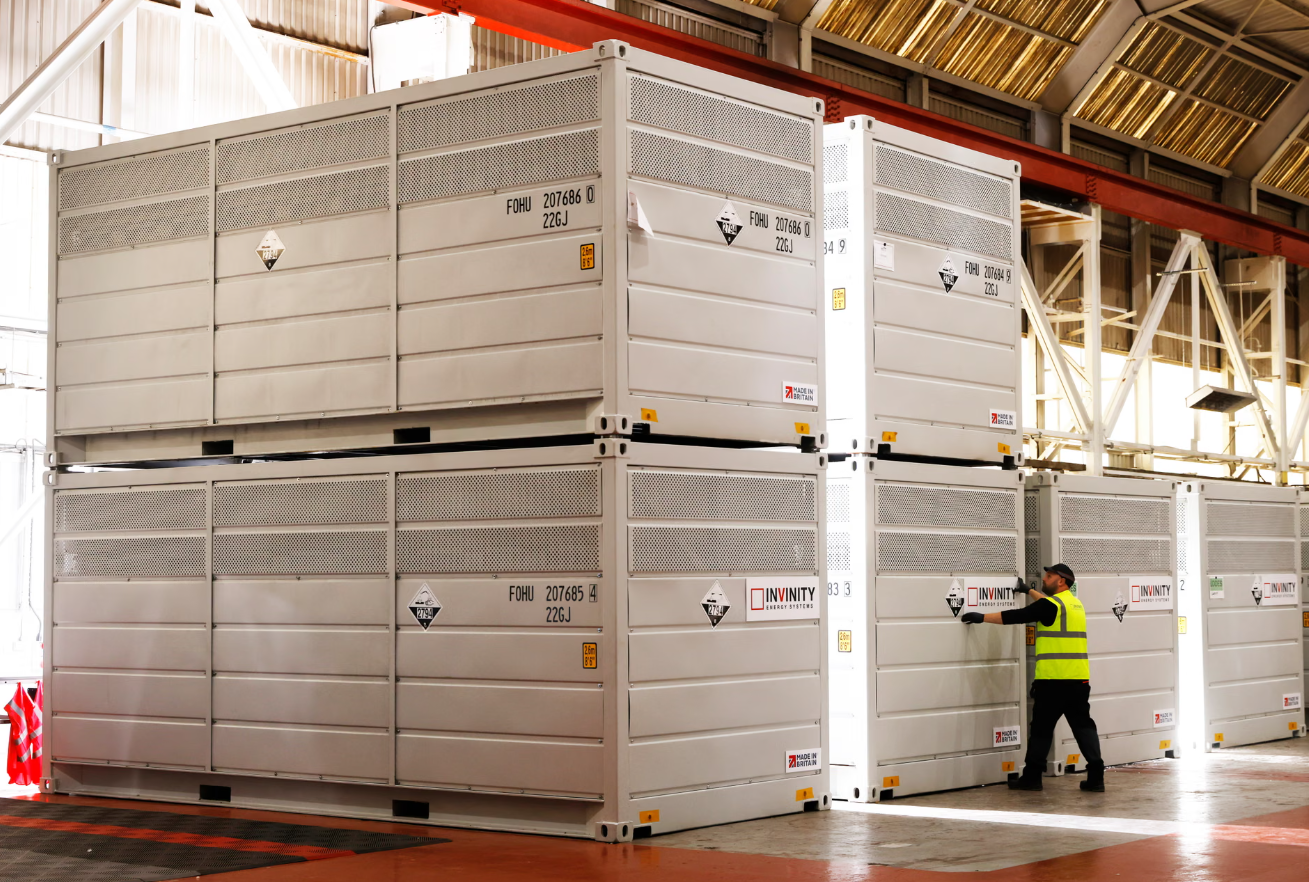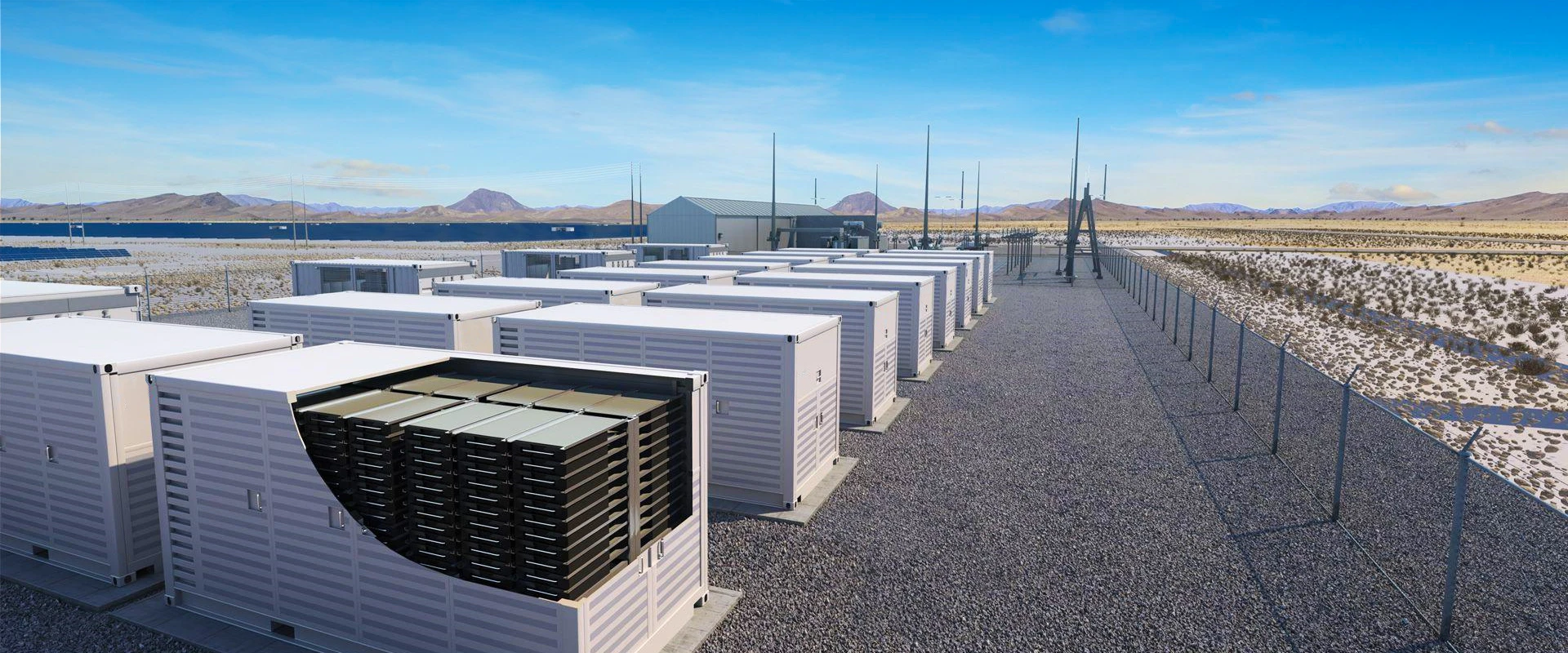Living in California can result in frequent power outages due to wildfires, extreme weather events, or grid failures, so having a reliable home battery backup system is crucial. Not only does it give you peace of mind during a power outage, it allows you to continue using the clean energy provided by your solar panels even when the grid is down. In this blog post, we’ll explore the steps to building a home battery backup system in California and provide you with a reliable and secure home battery backup system solution.
Due to extreme climate change, there are a lot of disasters that could happen right now, most of which will result in power outages. Aging infrastructures and more serious disasters can spell trouble, so it is important that you are prepared for power outages. Having a home battery backup system is ideal for the following reasons:
1. Stable power supply. Having a home battery backup system means that power is available even during difficult times caused by disasters and aging infrastructure. The power stored in the batteries can be used to keep lights, internet, refrigerators, gadgets, etc. kept on.
2. Lower electricity bills. A backup battery can also be used during high demand seasons such as summer. With it, the power needed to run appliances can be distributed between the grid, the battery and the solar panels. This means less power consumption on the grid, which reduces energy bills.
3. Reduced grid dependency. Since batteries and solar panels can partially meet the required power, there will be less dependence on the grid, thus increasing the penetration of clean energy.
Increased home value. Installing a home battery backup system can increase the value of your property (due to its green background) and make it more attractive to potential buyers when you decide to sell in the future.
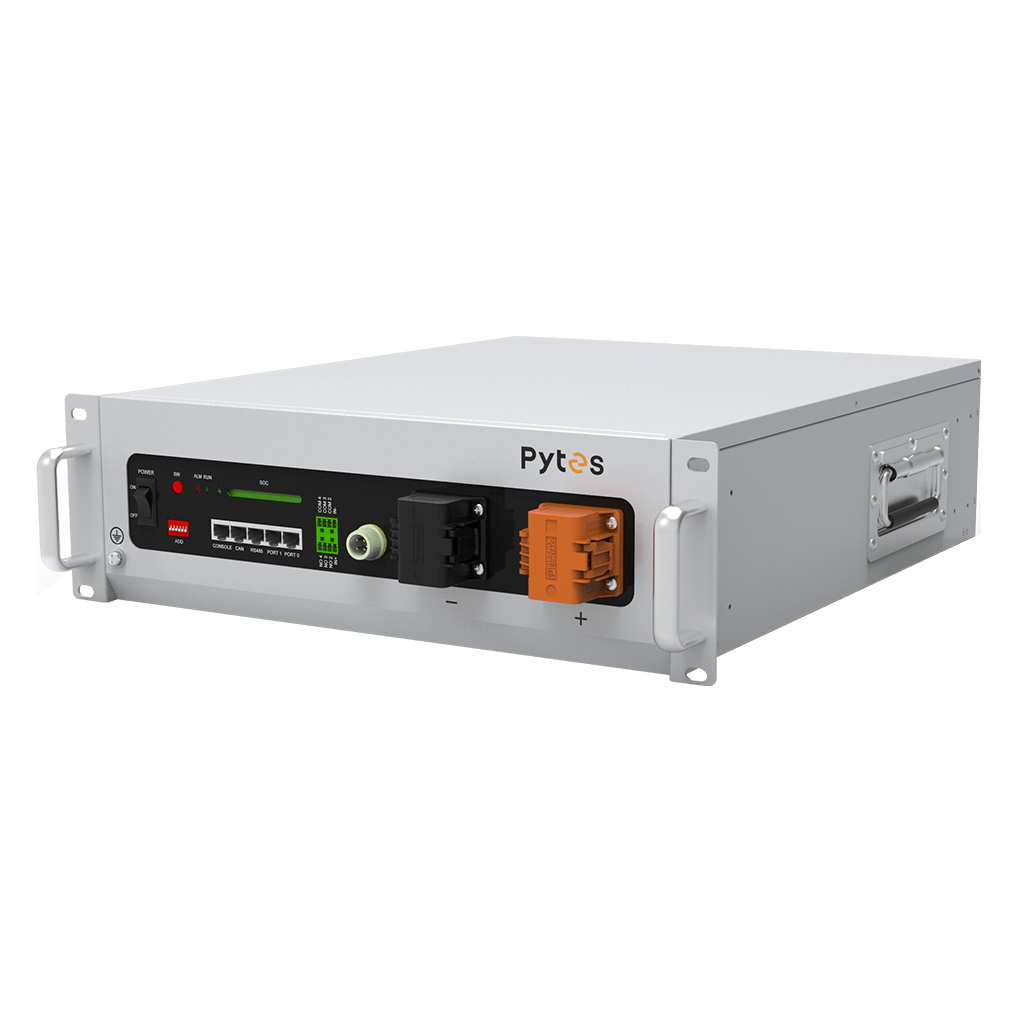
Here are a few key preparations to consider when building a home battery backup system:
1.Determine Your Power Needs
The first thing you need to know before building a home battery backup system is your power needs. You need to identify the devices you want to run during a power outage. Find their wattage ratings and start-up watts, then add them up to match the total power required by the inverter.
2.Choosing the right battery
After determining the wattage of your appliance, you must determine the battery that can provide that wattage. To determine how much storage space you need, find out the wattage requirements of the appliance you want to run and multiply that by the amount of time you want it to run. For example, an 80-watt TV that runs for 4 hours requires at least 80 watts of output power and at least 320 watt-hours of storage capacity.For this reason, it is important to have a battery that has a long life, a relatively high capacity, and a smart design.This is precisely what Pytes LFP Battery-V5°
V5° is a new rechargeable lithium iron phosphate battery developed and manufactured by Pytes for use in solar battery storage systems. It is commonly used in home energy storage systems and is known for its high energy density, long cycle life and safety property.
Compared with other types of batteries, such as lead-acid batteries and nickel-cadmium batteries, Pytes lithium iron phosphate batteries are more environmentally friendly and have a lower risk of fire or explosion. They are also more efficient at storing and releasing energy, making them a popular choice for home energy storage systems.
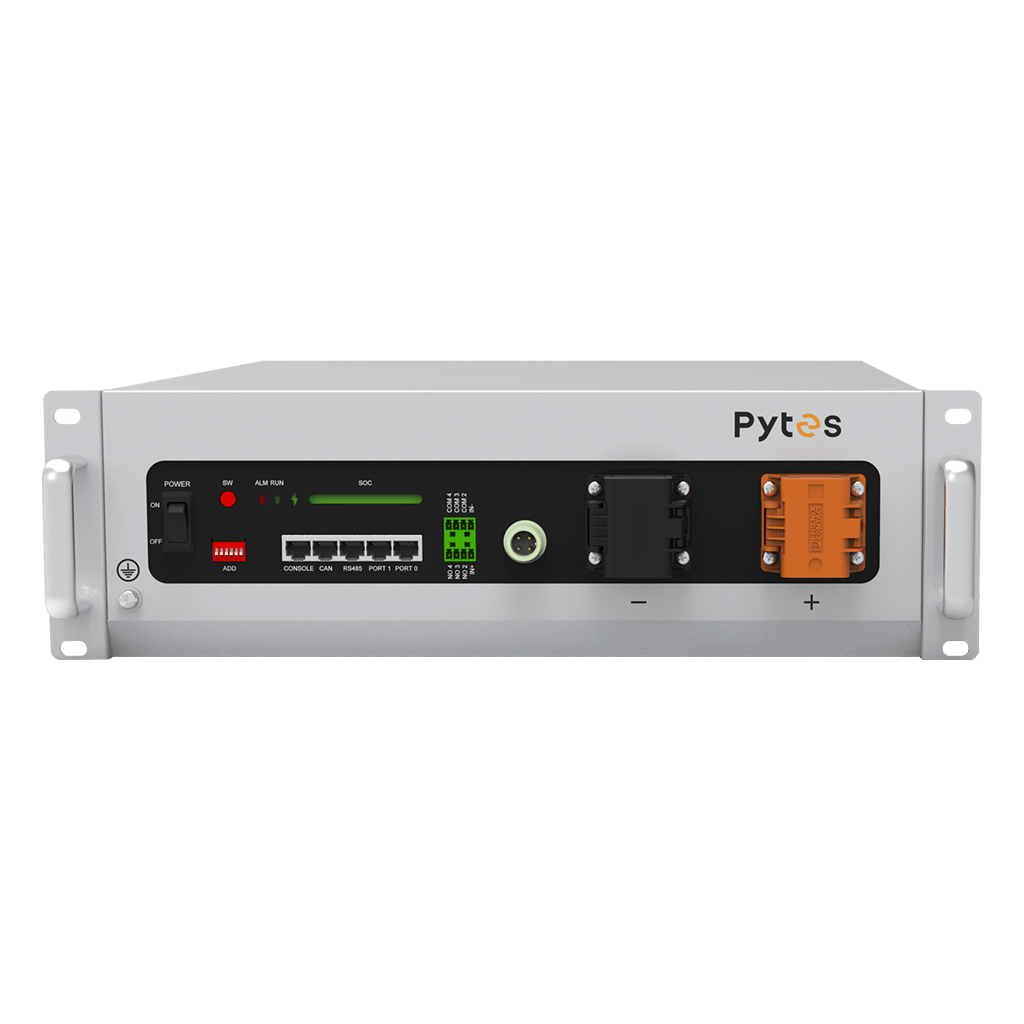
One of the main advantages of the V5° is its real-time monitoring capabilities. This allows homeowners to track their energy usage and make adjustments as needed. In addition, V5° also provides remote upgrade and alarm notification functions, allowing you to easily master the latest technology and ensure the normal operation of the system.
V5° provides data visualization capabilities that allow homeowners to view their energy usage in a clear and easy-to-understand format. This can help them identify areas where they can reduce waste and optimize energy use.
1.High performance
One of the main features of the new lithium iron phosphate battery is its high performance. It can handle up to 100A charge and discharge and 75A continuous charge and discharge. This means it stores and releases energy efficiently, ensuring your home always has a reliable power supply.
2.Self heating
Another great feature of the new lithium iron phosphate battery is its self-heating capability. Heating can be automatically started in cold environments to ensure normal use and battery life. This is especially useful for homeowners who live in colder climates and want to ensure that their battery system is always running optimally.
3.Can be expanded according to needs
The new LFP cells can also be expanded based on demand. It can be expanded to a maximum of 430.08kWh (with hub), and a group can support up to 14 units in parallel. This means homeowners can easily add more battery units as energy needs grow without having to replace the entire system.
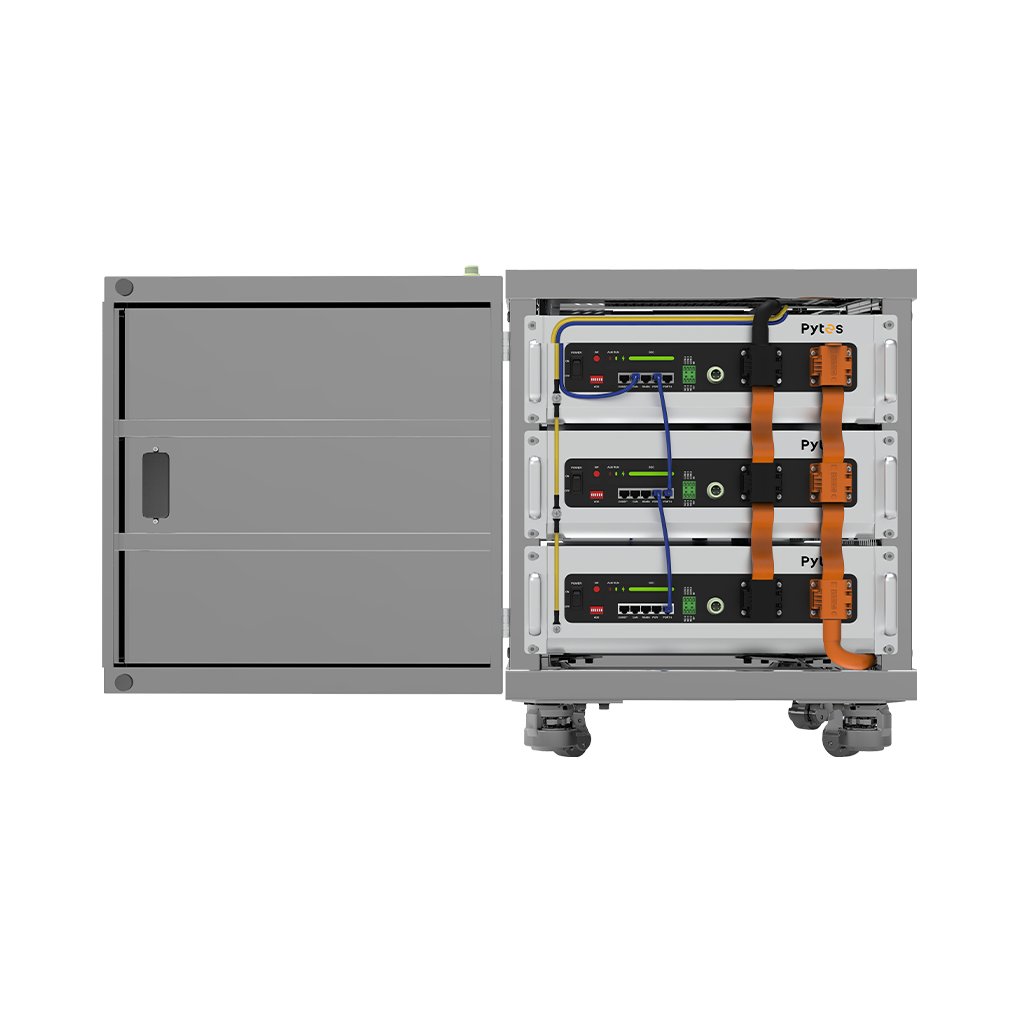
Batteries and appliances use and produce different types of current. Appliances run on alternating current (AC), while batteries produce direct current (DC). Therefore, connecting them directly will not work. This is where an inverter comes into play; it converts DC to AC.
To choose the right inverter to power your devices and appliances during a power outage, it's vital to understand your home's energy consumption. Add up the wattage of each device you want to power. Remember to consider surge power, which is the amount of energy it takes to switch on a device. Your inverter needs to cater for a higher output capacity, not just maintain a lower operating power.
Once the inverter, batteries, charge controller, and charging source are identified, a professional can help you connect them and design the backup system. Connect the inverter, charge controller and charge source to the battery. Then, connect your house battery backup system to your home's existing wiring via a transfer switch (or power input, if available).
Once everything is connected, your home's electrical system should use the battery backup during the next power outage.
Here are some mistakes to avoid when building a home battery backup system
1. Choosing the wrong battery. Make sure you choose a high quality battery. We recommend lithium iron phosphate batteries, which are known for their high energy density, long cycle life, enhanced safety, good temperature performance, and fast-charging capabilities.
2. Do-it-yourself mentality. There's nothing wrong with doing it yourself, but it's a delicate issue involving electricity. Therefore, unless you have the experience or background, hire a professional to avoid electrocution or creating a fire hazard.
3. Underestimate consumption. Backup systems are created to meet the demand for electricity in the event of a power outage, so if you underestimate consumption, the batteries you have may not be enough.
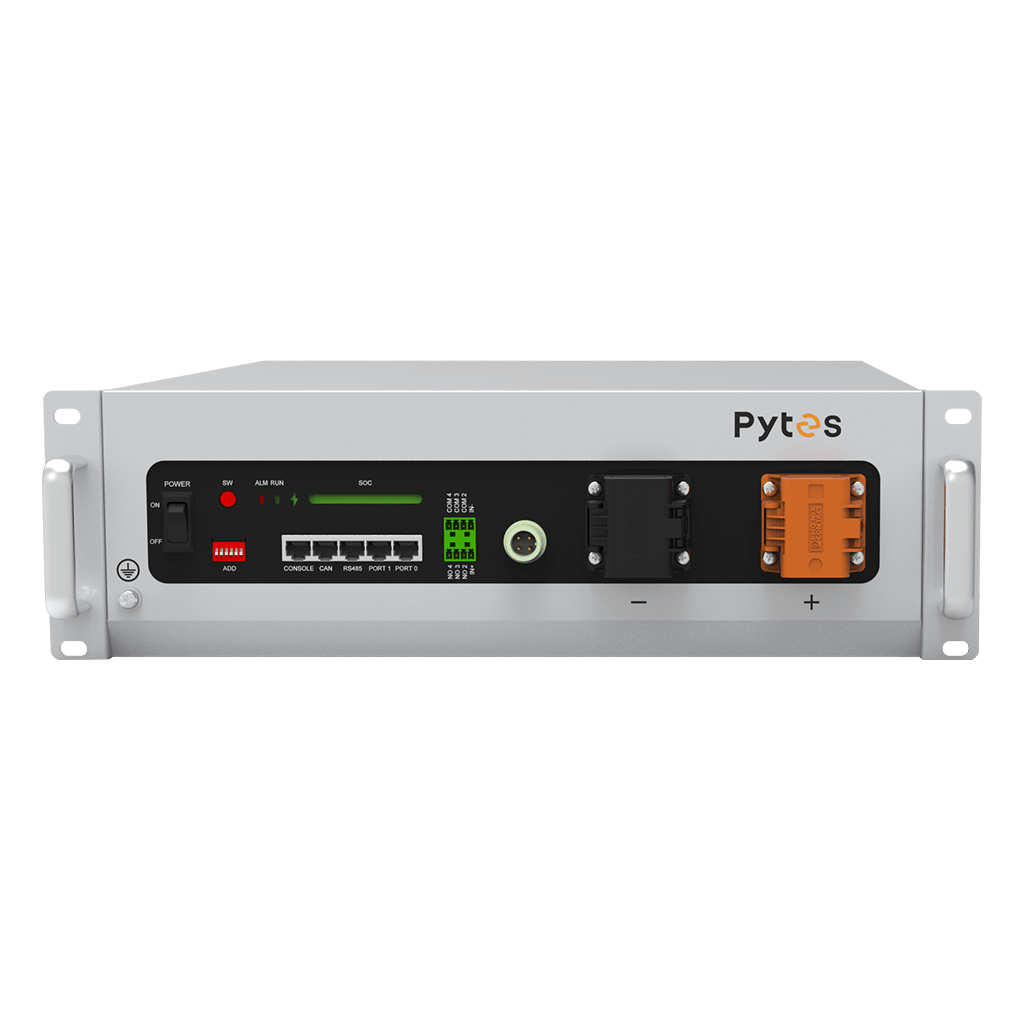
In conclusion, home battery backup systems provide an effective solution for uninterrupted power supply during power outages. Carefully consider energy requirements beforehand. Choose the right batteries. Evaluate charging methods, ensure safety compliance, and implement proper monitoring and maintenance for optimal reliability.
Contact us for your DIY batteries backup for home solutions now.
Email:pytesusa@pytesgroup.com
Which Type of Battery Is Best for a Home Solar System?
How to Choose The Best Battery For Your Solar Energy System in 2024
